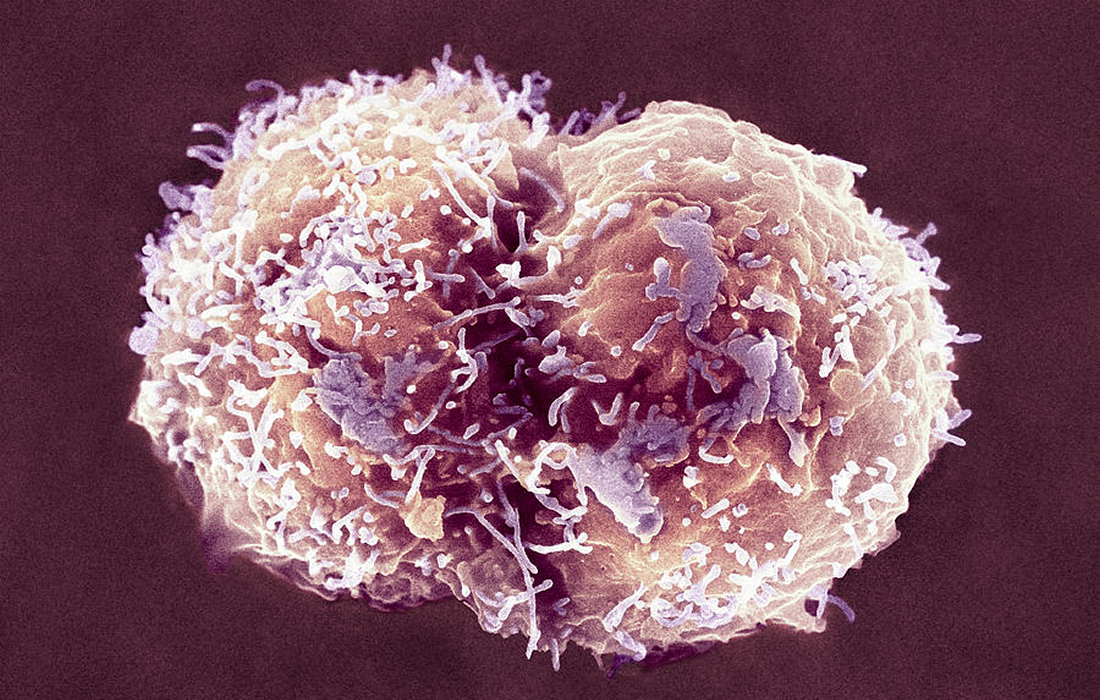Regenerative Medicine News and General Information
Researchers found a mechanism of Stem cells that could help in cancer treatment
Researchers at the Princess Margaret Cancer Centre have made new findings which provide a broader understanding of how dormant hematopoietic stem cells are activated and could pave the way towards therapeutic treatments for a number of cancers.
The team of researchers studied lysosomes, which are membrane-bound organelles found in all cells. They were once believed to merely be the “garbage bin” of the stem cells, recycling waste material, regulating cellular regeneration and functioning the same in all cell types. But the team’s research builds on new knowledge about lysosomes which shows they act as key signaling hubs, regulating long-term hematopoietic stem cells.
They study why hematopoietic stem cells can remain dormant for years and how the lysosome has the capacity to constantly act as a sensor even in that deeply inactive state. They found that even when the cells are in a dormant state, lysosomes continue being very active, “clipping and inactivating” receptors involved in growth signaling and nutrient transport within the stem cell membrane, allowing it to remain asleep.
The mechanism that they found is a new dormancy mechanism, which is to harness an organelle, a lysosome, and keep that cell dormant. Dr. Garcia Prat, one of the researchers, said that these findings open a way that lysosomes could potentially be harnessed as a therapeutic target, which could have implications in the development of new cancer treatments.
Thousands of people around the world receive bone marrow transplants every year to help fight leukemia. High doses of chemotherapy are used to kill the cancer cells, which also kills healthy cells. Posteriorly the transplant is performed to regenerate a patient’s healthy blood supply. Finding a matching donor can be challenging. That’s why stem cells found in cord blood would have considerable value as additional donor sourcers, but the number of stem cells is often low for an adult recipient. Understanding how to activate and expand stem cells in a controlled way could make cord blood more widely useful.
The work could be used to help understand how leukemia cells are able to go dormant and evade chemotherapy drugs. Also, how different factors control lysosomes and its crucial role in stemness regulation, which opens new routes of investigation in regenerative medicine.
Source: University Health Network. “Researchers discover key stem cell dormancy mechanism which could help unlock future cancer treatments: Study provides insights into how stem cell function could be controlled and provide new therapeutic targets.” ScienceDaily. ScienceDaily, 3 August 2021.
Source link: www.sciencedaily.com/releases/2021/08/210803105649.htm

